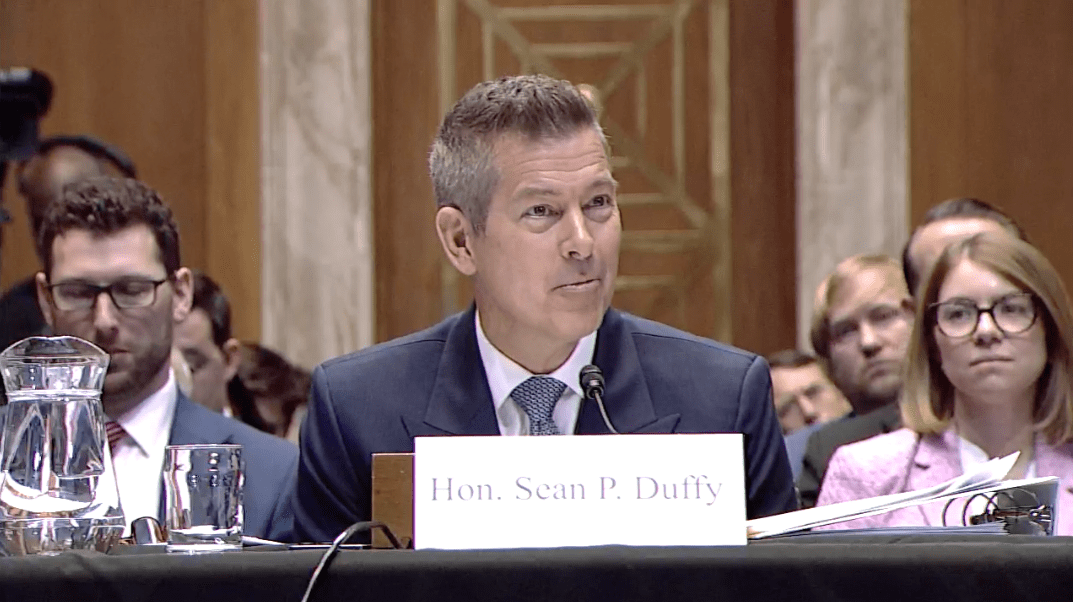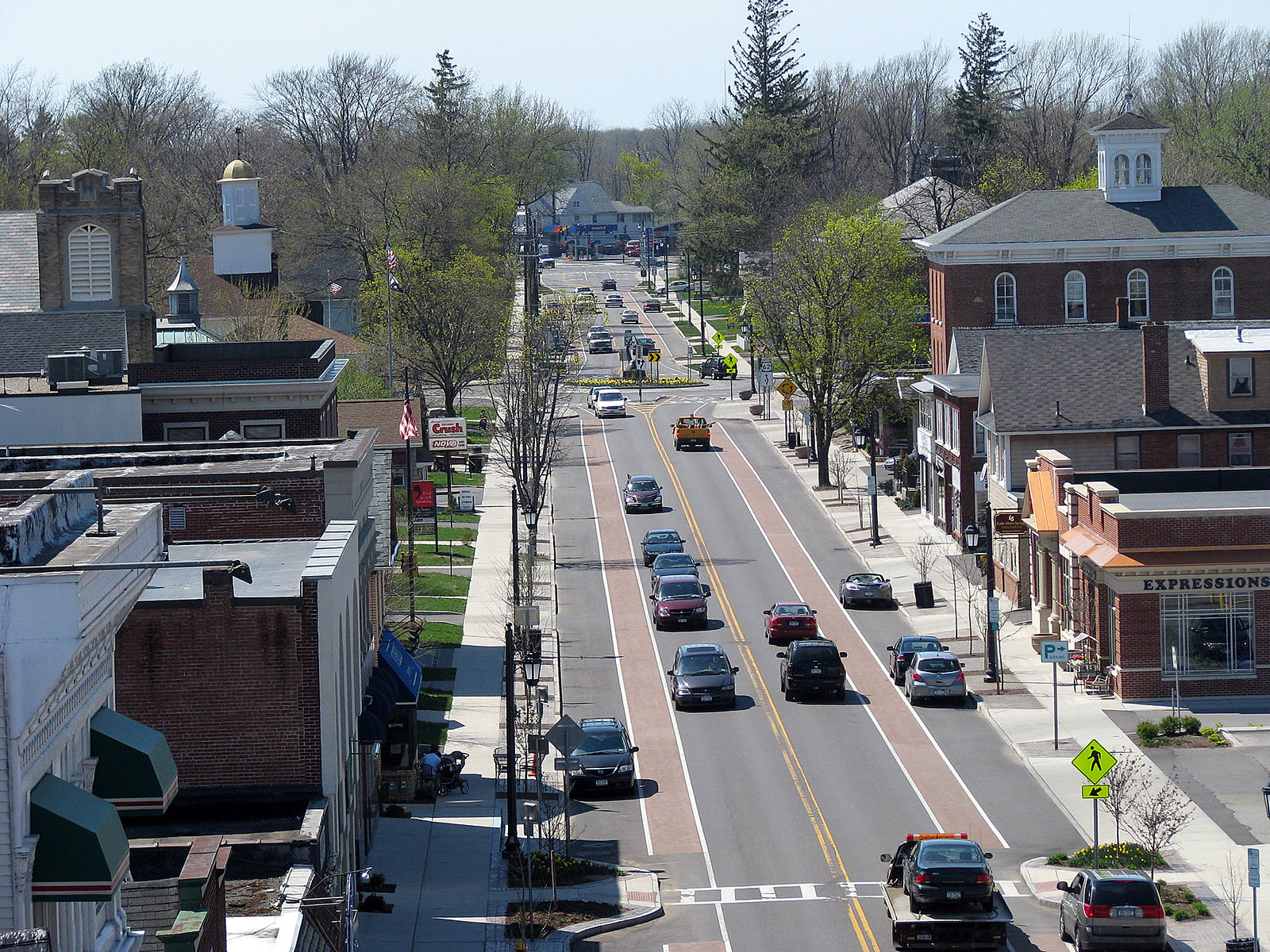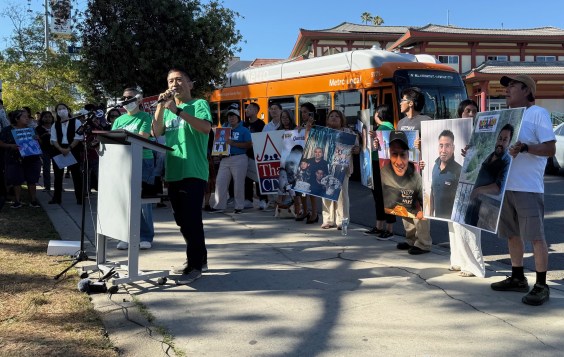Deaths from traffic violence have declined sharply because of the COVID-19 shutdown — and a new study shows that states and their residents are seeing a financial benefit.
But don't get too excited: Drivers likely got the most savings.
Researchers at the University of California Davis found that California and its residents saved a collective average of $40 million every day in the 22 days after the governor issued a statewide stay-at-home order, just because of the reduction in car crashes. And 6,000 Californians were saved from death or serious injury in the process, as our colleagues at Streetsblog California have reported.
The savings across that period added up to a staggering $880 million — about the same amount that San Francisco public transit got in the COVID-19 relief act. But before we start celebrating, let's take a deeper look at how they arrived at that number — and what it will actually mean for the state's finances. Because chances are, a lot of states will be doing this kind of math soon.
Why a car crash costs $60k
The Davis researchers arrived at their $40 million/day estimate by looking at car crash data from previous years, and using a federal crash formula that accounts for "property damage, treatment of injuries, lost time at work, emergency responses, insurance claims, and the equivalent cost of a life" to quantify the costs of the avoided wrecks. (You can read the full methodology here.)
Put another way: that massive number isn't just what the drivers involved in the theoretical collisions would have paid for their dinged bumpers or even hospital bills. The price tag also includes the ambulance drivers' salaries, the streets department workers' time to clean up the crash, and the increase in health insurance premiums that everyone pays.
Since the state went on lockdown, California drivers have been in involved in an average of 675 fewer crashes each day. Divide that number by U.C. Davis' $40 million/day savings estimate, and every single avoided wreck would have cost an average of $59,259.
But of course, that's an average. The comprehensive cost of a car crash with no injury is $2,300 on average, according to the National Safety Council. A crash that claims a life costs an average of $4.1 million.
The question is: who pays, and how much?
Why non-drivers pay for car crashes
Here's the thing: The private insurance companies of driver(s) involved in collisions pay only about half of the comprehensive costs of a car crash. And the drivers' insurance premiums don't even usually cover it all.
Because insurance money is a pooled resource, other drivers help pick up the tab on many crashes — or, more accurately, the investment returns made from all drivers' premiums pay for it. Most insurance companies charge customers less in premiums and deductibles than they expect to pay out in a given year's claims; they make up the difference (and their profits) off the markets.
States (which regulate the insurance market) place strict limits on how insurance companies can invest their customers' dollars, but Progressive and pals aren't insulated from sharp economic downturns. If the coronavirus crisis pushes us to a mass federal bailout of stocks, mortgages or bonds — all part of insurance companies' investment portfolios in many states — even those who don't own a car, much less a car insurance policy, will be subsidizing insurance (and thus crash) costs even further.
But bailouts aren't the only way that non-drivers share in the fiscal costs of car crashes. Health insurance companies — another industry that relies on a risk-pool model — pay as much as 14 percent of crash bills. And because crash injuries are notoriously expensive, those not involved in crashes (which, it bears repeating, are 100 percent preventable) subsidize those who are. About 10 percent of the tab is picked up by state and federal taxpayers, mostly in the form of salaries and equipment for first responders.
When all is said and done, drivers themselves pay just 26 percent of the costs of their own crashes, usually in the form of insurance deductibles, lawsuit payouts and out-of-pocket vehicle repair costs. We pay the rest.
Can we capture car crash savings post COVID-19?
So in 22 days of lockdown, California drivers who stayed home and didn't crash their cars saved a collective total of $228.8 million. The rest of us also saved a collective total of roughly $668.8 million.
That's great, of course...with some caveats.
Sure: insurance companies like Geico are knocking 15 percent off its customers' premiums, and some are offering refunds. But when all car insurance claims are estimated to be down by 50 percent nationwide, that doesn't look so generous — even if it makes sense for insurance companies to hold onto the other 35 percent as a hedge against market turndowns. (And non-drivers get nothing.)
Yes, health-insurance claims related to car crashes are down. But amid a global pandemic, no one should expect a health-insurance refund check anytime soon — and we must keep working to cut crashes even more to keep every possible non-COVID patient out of overwhelmed hospitals.
It's awesome that the millions California saved can now be rededicated to essential services — but it's a drop in the bucket compared to the multi-billion-dollar chasm COVID-19 is blowing into the state's budget. And it will hardly fund the programs that vulnerable communities rely on, which experts think will be among the first cuts.
California's crash cost reductions — and the as yet uncalculated reductions that other states are certainly experiencing — are undoubtedly historic. Let's try to tame traffic violence when the pandemic subsides, too — so maybe someday, we all can enjoy the windfall.






